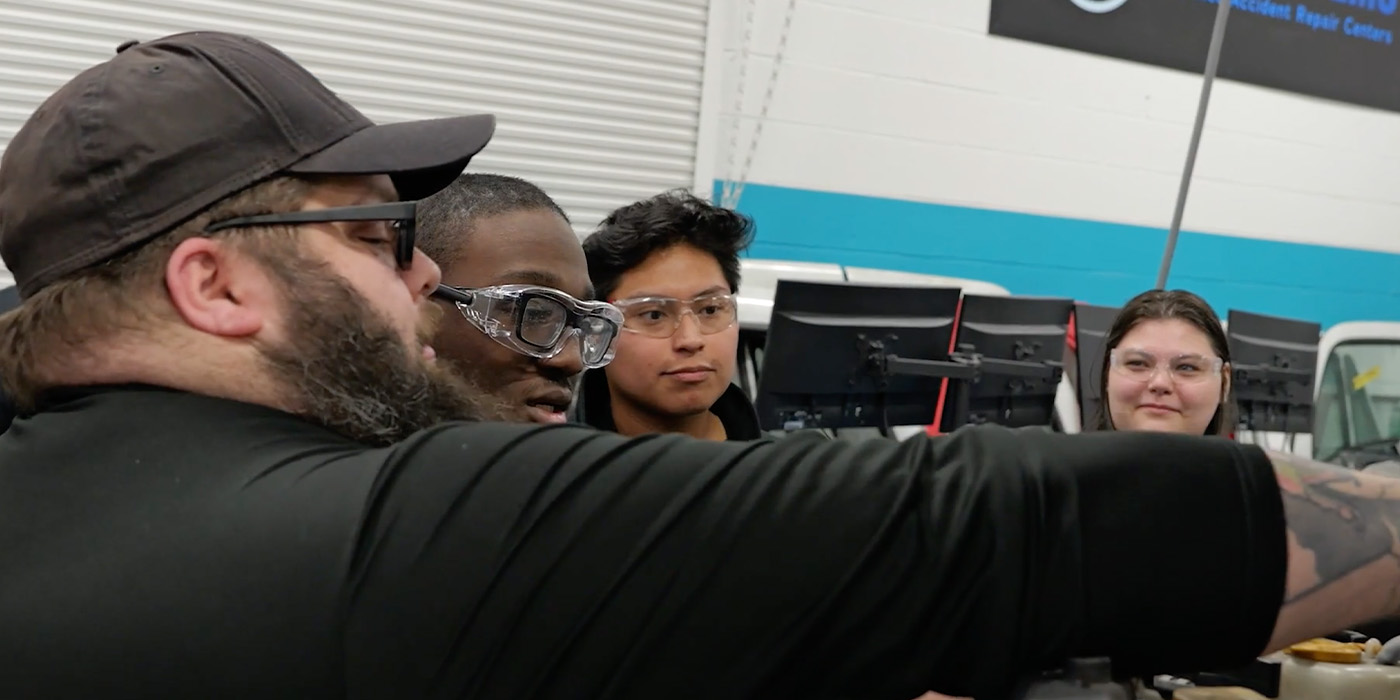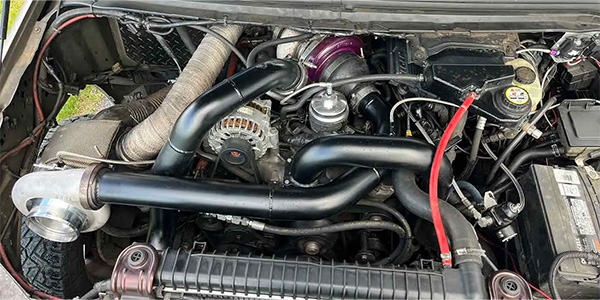Have you considered applying for a scholarship to help off-set the cost of your college or trade school education? With the costs of secondary education rising, it makes more sense than ever to use scholarship money to help you lower the overall cost of your education.
The less student debt you have upon graduation, the better off you will be. There are now a variety of scholarships being offered in many different categories, so chances are your odds are much better than you think.
Why apply for a scholarship to help reduce or eliminate the amount financed for your education? By way of background, here are some general statistics according to a 2012 Gallup poll regarding student loans in the United States. (See Chart)
“Applying for a scholarship makes great economic sense,” stated Zane Clark, SEMA director of education. “There are many websites available now that will help you apply for multiple scholarships by creating a single account, which helps streamline the process.”
The Specialty Equipment Market Association (SEMA) has awarded thousands of dollars in scholarship funds to students since the program began in 1984. Over the years, Clark has seen a number of students who never thought they would be able to afford college obtain their dreams.
Here are some tips and tricks that SEMA suggests to help you achieve scholarship success:
Apply for multiple scholarships at a time. Applying online is usually the best way to go. Not only will you increase your odds of obtaining a scholarship, there are some websites which will assist you in organizing the components you will need to apply for multiple scholarships at once. Frequently, students will obtain more than one scholarship to help offset the cost of their education. One scholarship may be helpful, but it may not cover all of your costs.
Never ever pay money to a fee-based service which promises to get you scholarships. Chances are that if someone asks you for money up front in exchange for a scholarship, they are not legitimate and you should be wary. Remember, if it sounds too good to be true, it probably is.
Create a calendar of deadlines for yourself. This may sound elementary, but Clark says that he is surprised at how many students are either unaware or neglectful of the application deadlines. Once a deadline has passed, it may be a whole year before you have the opportunity to apply for a scholarship again. Putting together a calendar of deadlines will ensure that you are organized and able to budget your time wisely to apply for as many scholarships as possible.
Know what kind of scholarship you are applying for. Scholarships can be:
• Merit based (determined by your GPA or financial need)
• Location specific (determined by where you reside)
• Career specific (determined by your course of study)
• Need-based (determined by your family income)
Scholarships are no longer solely available to low-income families and those students with 4.0 grade point averages. There are now more scholarships available based on a wider criteria than ever before, making it more advantageous to apply.
Build your resume. For students who are just completing high school or about to enter college, the scholarship application process is the perfect opportunity to hone your resume. Use this opportunity to engage in community service or get involved in extra-curricular activities. This will increase your chances of success. Internships are an excellent way to gain work experience in your chosen profession and they help increase your chances of getting hired later on while impressing scholarship committees.
Give yourself time. It is never too early to begin the process of organizing the basic elements you will need to apply for a scholarship. Remember that if you are asking your teacher or other adult to write a letter of recommendation for you, it is safe to assume that you will not be the only one. The more lead time you give that individual, the more thoughtful and well-written letter you are likely to receive.
Practice writing your essay. Again, the more you practice, the better you will likely become. While there are no guarantees that every application essay question will be the same, practice makes perfect. In many cases, your essay will provide you with a unique chance to cut through the clutter of all the other applicants you will be competing against. The ability to put your thoughts together in a cogent, effective manner (don’t forget spelling and grammar as well), will help you stand out and make your case to the judges who will be looking at hundreds, if not thousands, of other applicants. Remember, they will most likely not get the chance to speak to you in person, so your written communication is essential in making a good impression. Don’t squander this opportunity.
Some websites to review:
http://www.applyists.com/
http://www.scholarships.com/financial-aid/college-scholarships/
http://www.automotivescholarships.com/apply_online.cfm
http://students.sae.org/awdscholar/scholarships/
http://www.wyotech.edu/financial-aid/scholarships
http://www.sema.org/scholarships
If you are interested in a career path in the automotive aftermarket industry, the SEMA Memorial Scholarship is an excellent resource. Since 1984, the SEMA Memorial Scholarship has awarded more than $1.5 million in scholarships to more than 600 students. SEMA offers scholarship assistance in such aftermarket industry-related career paths as:
Engineering
Technicians
Information Technology
Sales/Marketing
Design/Graphics
Qualified entrants can apply directly online at http://www.SEMA.org/scholarships and simply click on “apply now” to create an account. The deadline to submit your application is March 28, 2014.
The current minimum eligibility requirements are as follows; a student must:
• Be a U.S. citizen enrolled in a full-time program of study at an accredited university, college or vocational/technical program in the United States, at the time of application:
• If currently attending a four-year accredited university or college, you must have completed a minimum of 50 credit hours by the application deadline, OR
• If currently attending a two-year accredited community college or vocational/technical program you must have completed a minimum of 25 credit hours, by the application deadline OR
• If currently attending an accredited automotive training certification program, the student must have half of total curriculum requirements/classroom hours completed, by the application deadline, OR
If currently attending a Master’s, Post-baccalaureate or Doctorate degree program, the student must have half of total curriculum requirements completed by the application deadline.
• Have a minimum 2.5 grade point average.
• Be pursuing studies leading to a career in the automotive aftermarket or related field.
• Remain enrolled as a full-time student for the first full semester, quarter or term following receipt of the award; Awards are distributed in July-August, to be applied to the fall term.
The Global Automotive Aftermarket Scholarship (GAAS) program is also available to those interested in continuing their education in the automotive industry. A list of certified programs can be found at www.natef.org.
With a little bit of planning and determination it is possible to significantly lower your college tuition costs if not eliminate them entirely.
With the cost of a college education significantly rising every year, it is more than worth the effort no matter what your income level. The practice and discipline involved will benefit you throughout your academic career and well beyond.
(approximately one year’s worth of the U.S. budget)
• Public university tuition is up 163% since 1985
• Private university tuition is up 100% since 1985
• 30% of college students do not graduate
• 53% of college graduates are unemployed
• 15% of U.S. college students study engineering or science as compared to 50% of college students in China, 67% in Singapore, and 47% in France
• 46% of college graduates are perceived as not ready for work


















